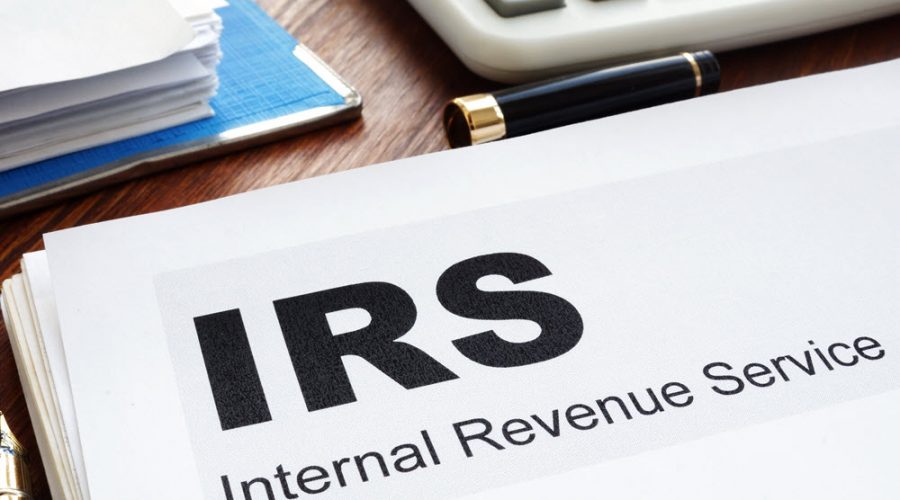Remember that old saying “nothing ever stays the same”? Well, that saying can be applied to a wide array of things, including IRS filing regulations.
Last year, the IRS issued updated regulations for 2024 that are intended to minimize the number of paper filings they receive each year. These new regulations, which the IRS hopes will streamline and modernize the current tax filing process, will impact 2023 tax filings – so make sure you are aware of the changes!
One of the most notable (and significant) changes that resulted from the regulation was the e-filing threshold. In previous years, taxpayers were required to e-file a tax form if they were filing 250 or more of that specific form. However, the new regulation mandates that taxpayers must e-file if they file 10 or more of any type of form. So not only did the threshold number decrease, but taxpayers must now apply this lower threshold to the aggregate of all information returns across all form types.
An informational return is a document provided by an employer, bank, financial institution, or other payer to the IRS to report the amount of income they have paid you. The types of forms/information returns affected by this change that must now be aggregated include, but are not limited to, the following:
- Form W2
- Form 1042-S
- Various Forms 1099
- Various Forms 1098
If you receive any of the above forms, that does not count towards your aggregate total as these documents will be provided to the IRS on your behalf. The aggregate total is impacted if you are required to prepare/provide these forms to another person or business.
The penalty for not following this new e-file rule is quite steep. Taxpayers could face a penalty of $250 for every paper return filed above the 10-return threshold.
Although this new regulation will have the biggest impact on business owners and self-employed individuals, you should verify with your tax preparer whether this change will affect your 2023 tax filing. Additionally, you can click on the below link to read the official release from the IRS: https://www.irs.gov/forms-pubs/new-electronic-filing-requirements-for-forms-w-2#:~:text=If%20the%20total%20is%20at,filed%20by%20January%2031%2C%202024
